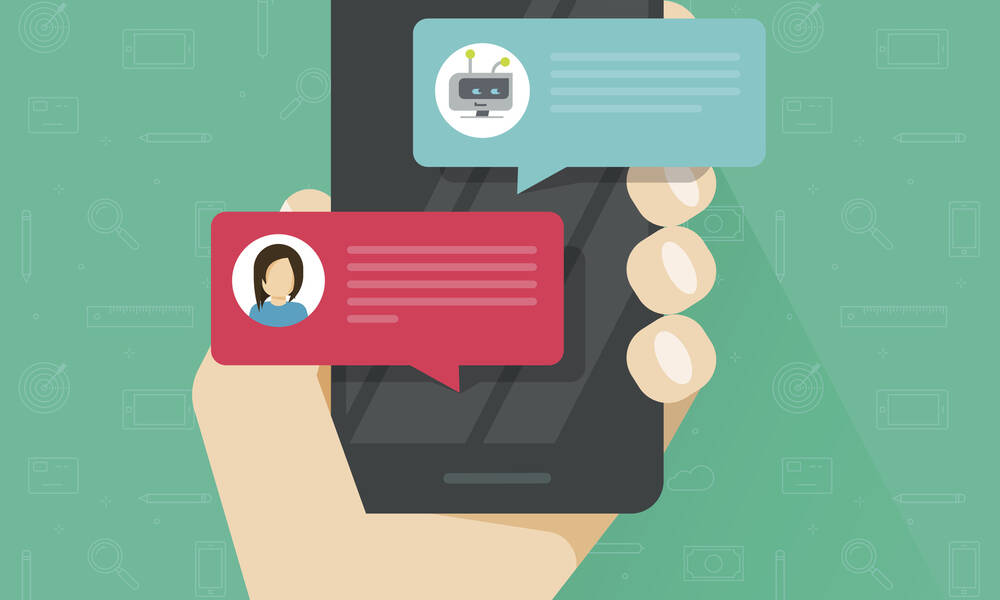
4 Insights on How Chatbots Make Us Rethink Customer Experiences
Chatbots aren't just a customer support tool, nor do they represent a replacement for another person. If you’re looking into including one on your website or app, read on for some strategic considerations before jumping into the land of bots with both feet.
When you have a lot of members with a lot of common problems, a lot of the same questions come up. And when repeated needs surface, a chatbot can prove a useful layer for any organization—even one with an existing support staff.
But as the bots move out of the realm of hype and into the realm of real-world use case, it’s worth understanding where their benefits and their limitations come into play.
Read on for a few insights on where the chatbot phenomenon stands:
They can be used for more than customer service. A recent article from Adobe makes the separation from customer service, a traditional use case for chatbots, to a potential way to bring new business on board. Citing the benefits for online retail in particular, Adobe’s Michael Klein notes that chatbots “have the potential to not only deliver exceptional online experiences, but also inspire purchases and increase the number of items in people’s shopping carts.” These concepts could be used in member onboarding as well.
A brand shouldn’t try to build a human-like chatbot. A great chatbot should be able to take actions that maximize their chances of success toward achieving particular goals.
They can heighten engagement at an important time. The firm ContentWriters.com makes the case in a recent white paper that the deep learning programs on which chatbots rely can help heighten the experience at the very point that engagement is most needed. “These programs filter and analyze vast data sets and pinpoint ‘critical events’ when the next best action can lock in a conversion,” the white paper says. The report contends that chatbots can add to existing content marketing efforts.
Just because they’re conversational doesn’t mean they should be human. In a recent post on the CoreDNA blog, David Cancel, CEO of the chatbot-focused firm Drift, argues against making a bot seem too human, instead recommending a strategy closer to a digital helper. “A brand shouldn’t try to build a human-like chatbot,” he explained, adding, “A great chatbot should be able to take actions that maximize their chances of success toward achieving particular goals.” This goes both ways, by the way: Not only will the bot be able to converse with your customer,but it also won’t get frustrated or snippy like a human might—ensuring that the bot can take the same command dozens of times without a complaint.
We’re going to need time to get this right. While chatbots remain a useful resource, they have their limits. Over at CMSWire, Interact CEO Simon Dance noted that those limitations quickly become clear—though there’s potential that, down the road, chatbots will become more useful. “But they currently face too many hurdles to be effective,” he writes. “As is the case with any evolving technology, there will be growing pains that need to be worked out before chatbots become widely adopted.”
(vladwel/iStock/Getty Images Plus)






Comments